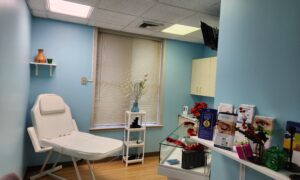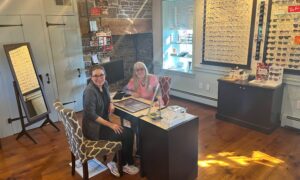May 31, 2017
Bryan Wolynski, OD, has built a low-vision specialty within his practice, and he incorporates the OrCam system, which allows low-vision patients to enhance their lives and workdays. He demonstrates how this technology allows an OD to greatly improve the lives of sight-impaired patients.
OrCam: Technology to Improve Lives for Low-Vision Patients |
Serving Varied Low Vision Patients |
|
|
SHOULD BE INTUITIVE. Low-vision technology should be easy to be trained in, so it can be used without the user having to think about what to do. SHOUDN’T REQUIRE INTERNET. The user shouldn’t need to connect to the internet, or need to download anything to use the device. It ideally should be a private, closed network that is self-contained.
|
ENABLE MOBILITY. The system should be portable, so the user isn’t bound to a particular spot in the home or office. GAUGE PATIENT PROGRESS. A sign a low-vision aid is doing its job is how it affects the user’s progress at work. For example, one user of OrCam was able to be given additional responsibilities at work due to the device. GENERATE REFERRALS. Establish relationships with other ODs and MDs with low-vision patients who need specialized care.
|
Bryan Wolynski, OD, is the owner of Glasses On First Inc. in New York City.

























